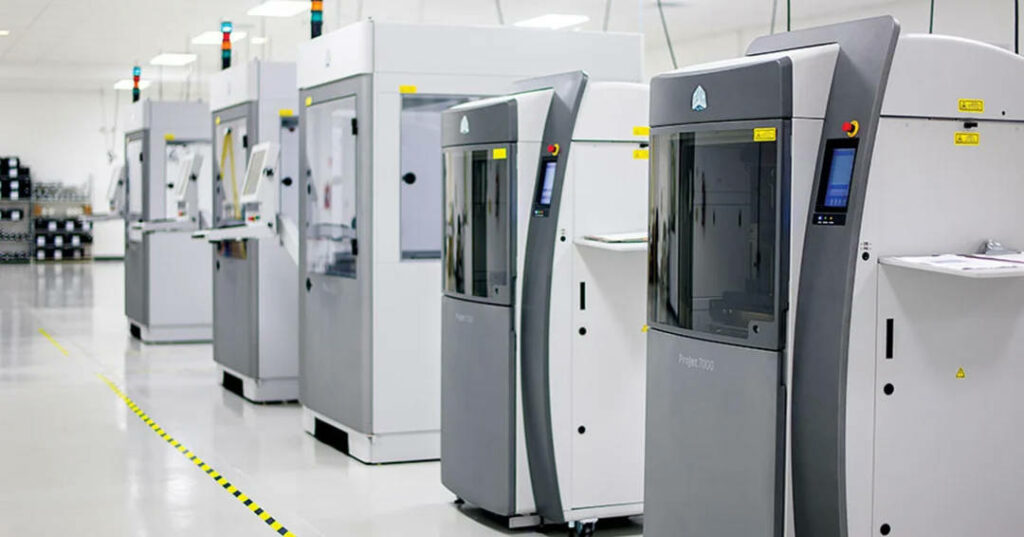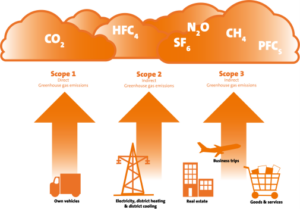A team of scientists at the University of California, Berkeley, have developed a novel method for 3D bioprinting of living cells. The method, which they have named “laser-induced side transfer (LIST) bioprinting”, uses a laser to deposit droplets of cell-laden solution into a specific pattern. The cells then self-assemble into 3D structures.
The LIST bioprinting method has been used to create a variety of living structures, including tissues, organs, and even entire animals. The potential applications of LIST bioprinting are vast, and include the development of new medical treatments, the creation of artificial organs, and the production of food.
The development of LIST bioprinting is a major breakthrough in the field of tissue engineering. It has the potential to revolutionize the way we repair and replace damaged tissues and organs. LIST bioprinting could also be used to create new models of diseases, which could be used to develop new treatments.
The LIST bioprinting method is still in its early stages of development, but it has the potential to have a major impact on the world. It is a promising new technology that could change the way we think about medicine and engineering.
The research was published in the journal Nature Materials. The lead author of the study is Dr. Monica Moya, an associate professor of bioengineering at UC Berkeley.
In the study, the researchers used LIST bioprinting to create a model of a tumor. The model was made up of human cells and was able to grow and spread in a similar way to a real tumor. This could be used to study cancer and to develop new treatments.
The researchers are also working on using LIST bioprinting to create artificial organs. They have already created a small piece of liver tissue, and they are now working on creating a larger piece of tissue. This could be used to replace damaged liver tissue in patients.
The LIST bioprinting method is a promising new technology with the potential to revolutionize the way we treat diseases and repair damaged tissues. It is still in its early stages of development, but it has the potential to have a major impact on the world.
Here are some other recent developments in the field of bioprinting:
- Researchers have developed a bioprinter that can print living cells in 3D at high speed.
- Scientists have used bioprinting to create a human heart valve.
- Researchers have used bioprinting to create a model of a tumor.
These are just a few of the many exciting developments in the field of bioprinting. As the technology continues to develop, we can expect to see even more innovative and life-changing applications of this technology.






-300x183.jpg)